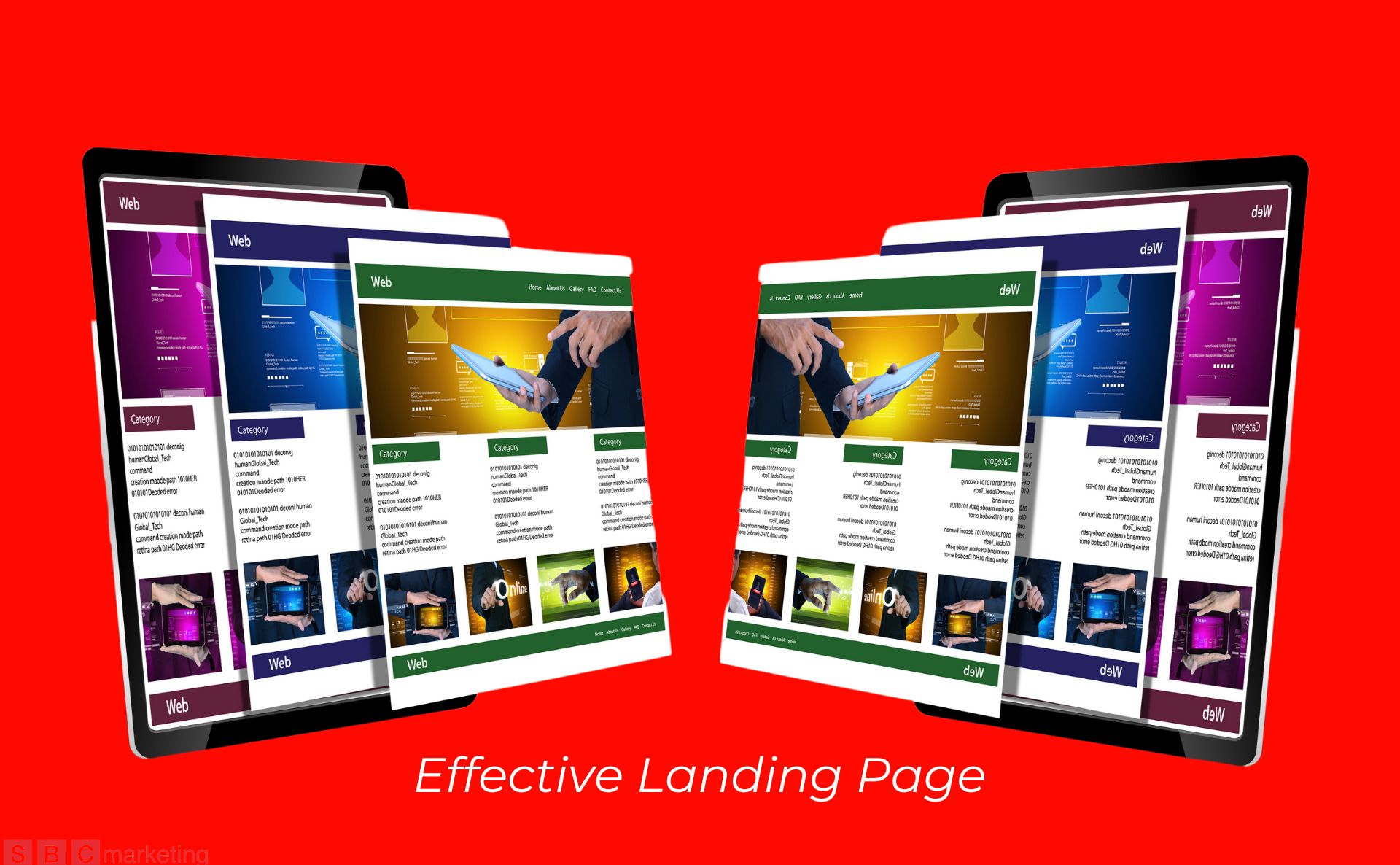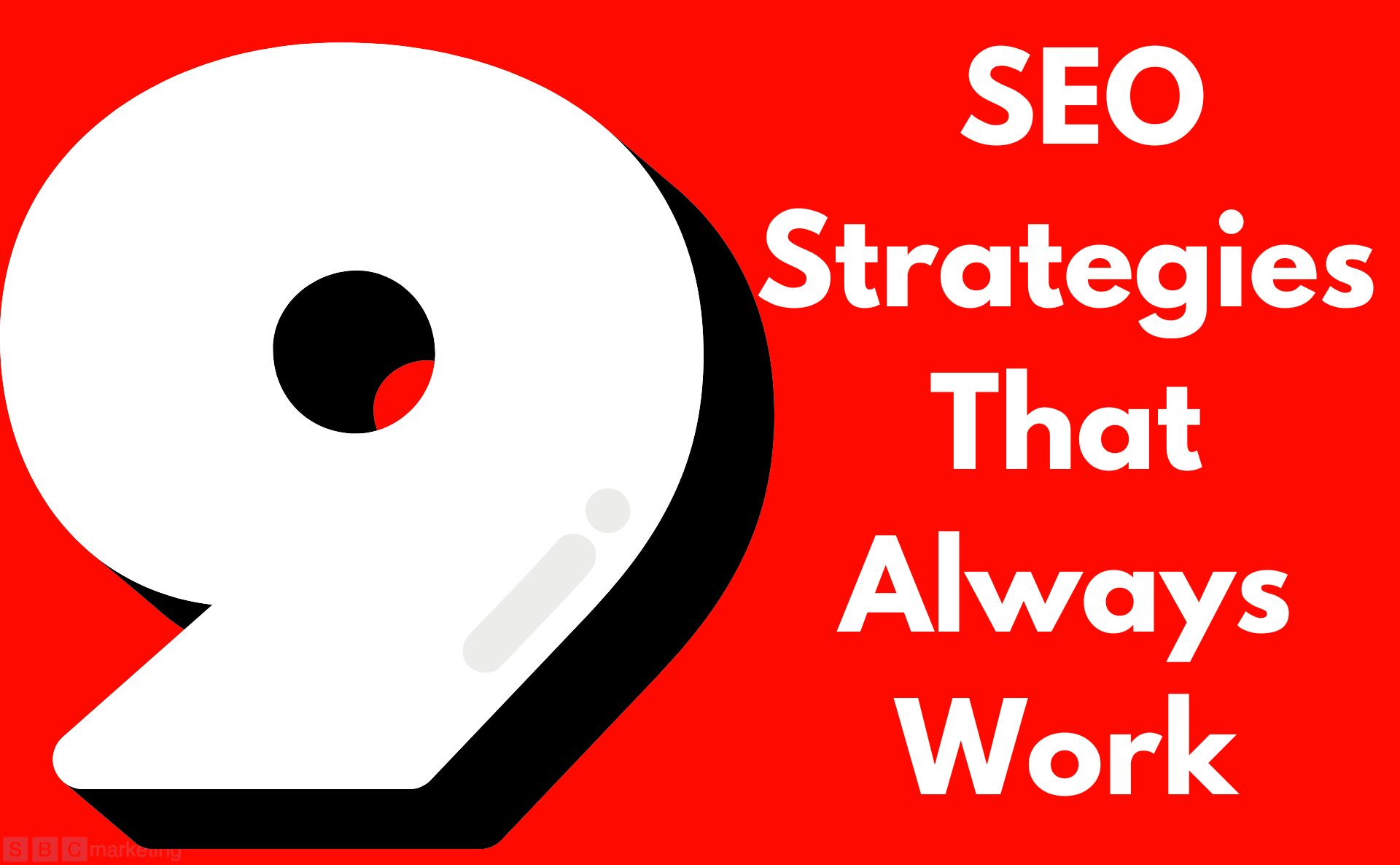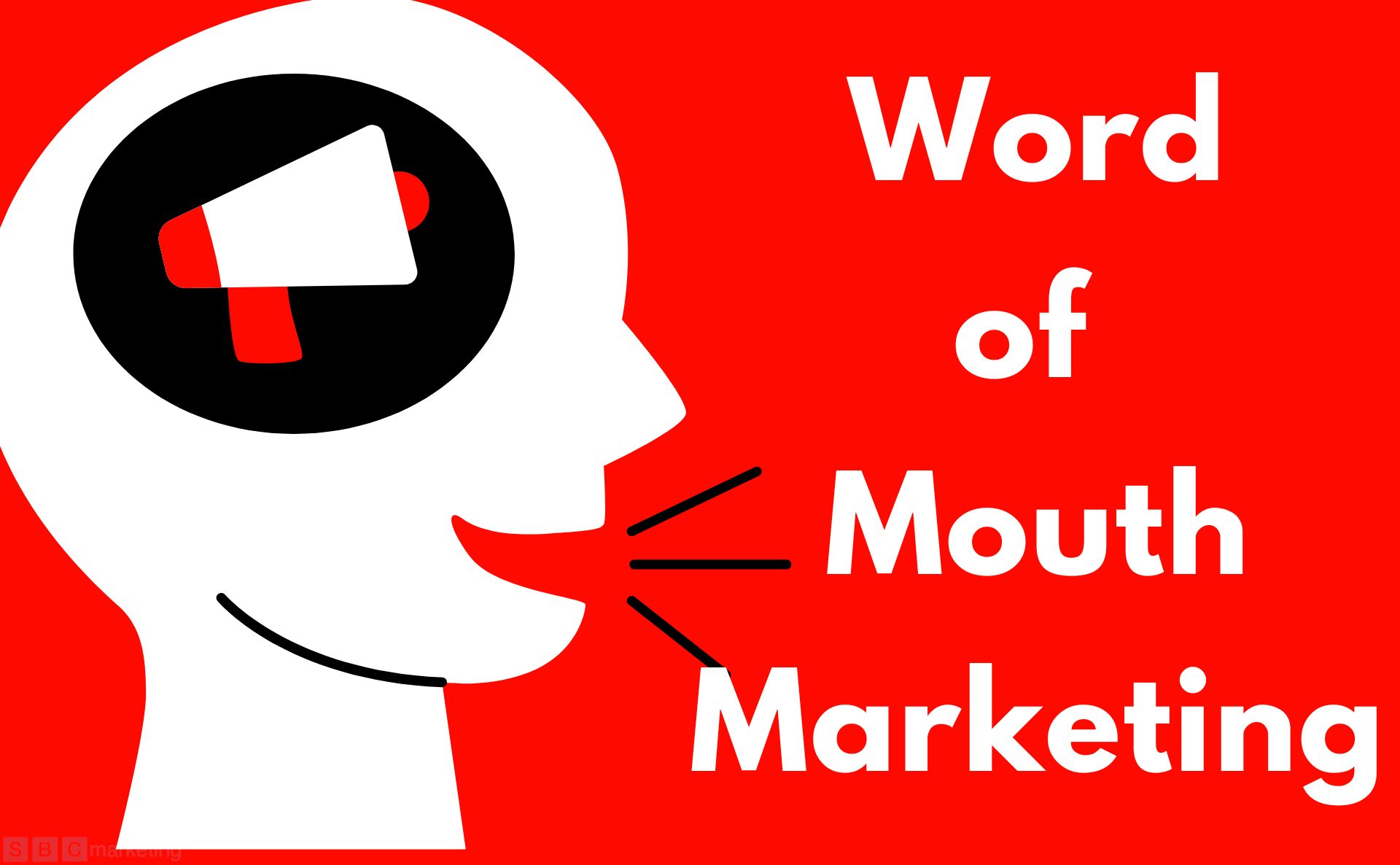Introduction:
In today’s digital age, businesses rely heavily on landing pages to attract and convert visitors into customers. A well-designed landing page can make a significant impact on your marketing efforts, driving conversions and generating leads. But what exactly makes an effective landing page? This comprehensive guide will walk you through the key elements that contribute to a successful landing page. From compelling headlines to persuasive call-to-action buttons, we’ll explore every aspect to ensure your landing pages deliver optimal results.
Table of Contents:
| 1. What is a Landing Page? |
| 2. The Importance of Landing Pages |
| 3. Key Elements of an Effective Landing Page |
| 4. Crafting Attention-Grabbing Headlines |
| 5. Engaging and Persuasive Content |
| 6. Strategic Use of Visuals |
| 7. User-Friendly Navigation |
| 8. Effective Call-to-Action (CTA) |
| 9. Mobile Optimization |
| 10. Building Trust and Credibility |
| 11. A/B Testing for Continuous Improvement |
| 12. Landing Page SEO Best Practices |
| 13. Analyzing Landing Page Performance |
| 14. Frequently Asked Questions (FAQs) |
| 15. Conclusion |
What is a Landing Page?
A landing page is a standalone web page that is specifically designed to capture a visitor’s attention and convert them into a lead or customer. Unlike other pages on your website, landing pages are built with a focused goal in mind, such as encouraging sign-ups, driving sales, or promoting a specific offer. They are typically used in digital marketing campaigns and serve as the entry point for potential customers.
The Importance of Landing Pages
Landing pages play a crucial role in the success of your online marketing efforts. They provide a targeted platform for delivering a compelling message and driving desired actions from your visitors. Here are some reasons why landing pages are essential:
- Focused Conversion: Landing pages are designed with a specific conversion goal, enabling you to guide visitors towards taking the desired action.
- Improved Lead Generation: By capturing visitor information through forms or lead magnets, landing pages help grow your email list and generate leads.
- Better User Experience: Landing pages provide a streamlined experience by removing distractions and presenting relevant information that aligns with the visitor’s intent.
- Data and Insights: Landing pages allow you to track and analyze important metrics like conversion rates, bounce rates, and user behavior, providing valuable insights for optimization.
Key Elements of an Effective Landing Page
To create landing pages that drive results, it’s crucial to include the following key elements:
1. Compelling Headline:
The headline is the first thing visitors see when they land on your page. It should grab their attention, clearly convey the value proposition, and entice them to continue reading.
2. Clear and Concise Unique Selling Proposition (USP):
Your landing page must clearly communicate the unique benefits and value your offer provides. Highlight what sets you apart from the competition and why visitors should choose your product or service.
3. Engaging Content:
Well-crafted content that speaks directly to your target audience is essential. Use persuasive language, storytelling, and customer testimonials to build trust and establish an emotional connection with your visitors.
4. Eye-Catching Visuals:
Images, videos, and graphics can enhance the visual appeal of your landing page and help convey your message more effectively. Use high-quality visuals that are relevant to your offer and align with your brand.
5. Intuitive and User-Friendly Layout:
Design your landing page with a clear and organized layout, ensuring that important elements are prominently displayed. Make it easy for visitors to navigate and find the information they need.
6. Persuasive Call-to-Action (CTA):
Your CTA is the gateway to conversion. It should be prominently placed, visually appealing, and use action-oriented language. Clearly communicate what action you want visitors to take and the benefits they’ll receive by doing so.
7. Trust Signals:
Building trust is crucial for conversions. Include trust signals such as customer testimonials, reviews, security badges, and social proof to instill confidence in your visitors.
8. Mobile Optimization:
Given the increasing use of mobile devices, it’s essential to optimize your landing page for mobile users. Ensure that your page is responsive, loads quickly, and provides a seamless experience across different screen sizes.
9. A/B Testing:
Continuously test and refine your landing page elements to improve conversion rates. A/B testing allows you to compare different variations of headlines, CTAs, layouts, and other elements to identify what works best for your audience.
10. Landing Page SEO Best Practices:
Optimizing your landing page for search engines can help increase visibility and attract organic traffic. Incorporate relevant keywords in your page title, headings, and meta description. Provide valuable and unique content to engage both visitors and search engines.
11. Performance Analysis:
Regularly monitor and analyze the performance of your landing page using web analytics tools. Track conversion rates, bounce rates, time on page, and other metrics to identify areas for improvement and optimize your page accordingly.
Crafting Attention-Grabbing Headlines
Headlines are the first impression your landing page makes on visitors. To create attention-grabbing headlines, consider the following tips:
- Use action verbs to inspire action.
- Incorporate numbers and statistics to add credibility.
- Address pain points or challenges your target audience faces.
- Use power words that evoke emotions and curiosity.
- Make your headline clear, concise, and benefit-oriented.
Engaging and Persuasive Content
Compelling content is crucial for keeping visitors engaged and persuading them to take action. Here are some tips for creating engaging and persuasive content on your landing page:
- Understand your target audience and tailor your content to their needs and desires.
- Use storytelling techniques to connect with your audience emotionally.
- Highlight the benefits and value your offer provides.
- Incorporate customer testimonials and success stories to build trust.
- Keep your content concise, scannable, and easy to digest.
Strategic Use of Visuals
Visuals are powerful tools for capturing attention and conveying your message more effectively. Consider the following tips when using visuals on your landing page:
- Use high-quality images and videos that are relevant to your offer.
- Incorporate visuals that demonstrate the benefits or results of using your product or service.
- Ensure your visuals are optimized for fast loading times.
- Use captions or brief descriptions to provide context for your visuals.
User-Friendly Navigation
A well-designed and intuitive navigation structure improves the user experience and helps visitors find the information they need. Consider the following tips for user-friendly navigation:
- Keep your navigation menu simple and easy to understand.
- Use descriptive labels for menu items.
- Include a clear and visible link to your main call-to-action on every section of your landing page.
- Avoid overwhelming visitors with too many navigation options or distracting links.
Effective Call-to-Action (CTA)
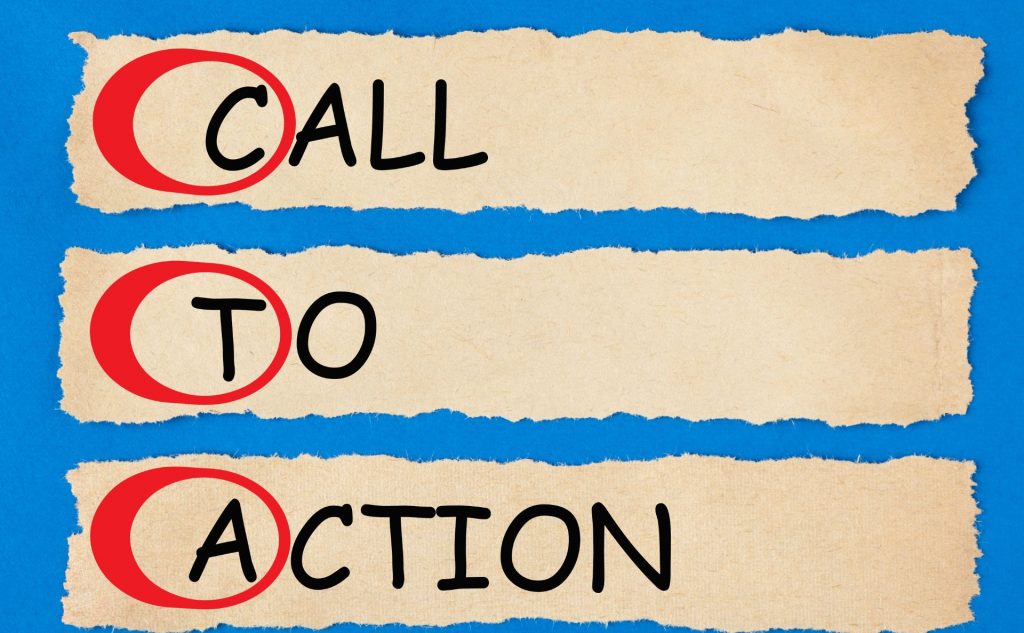
Call to Action What-makes-an-effective-landing-page-SBC-Marketing-London
The call-to-action (CTA) is a crucial element of your landing page as it directly influences visitor actions. Consider the following tips for creating an effective CTA:
- Make your CTA visually prominent and stand out from other elements on the page.
- Use action-oriented language that clearly communicates what action visitors should take.
- Create a sense of urgency or scarcity by incorporating phrases like “limited time offer” or “only available today.”
- Consider using contrasting colors to make your CTA button visually appealing and easily clickable.
Mobile Optimisation
With the increasing use of mobile devices, optimising your landing page for mobile users is essential. Follow these tips for effective mobile optimization:
- Ensure your landing page is responsive and adapts to different screen sizes.
- Optimise images and videos for faster loading times on mobile devices.
- Use legible fonts and appropriate font sizes to enhance readability on smaller screens.
- Test your landing page on various mobile devices to ensure a seamless user experience.
Building Trust and Credibility
Building trust is crucial for convincing visitors to take action on your landing page. Consider the following strategies for building trust and credibility:
- Incorporate customer testimonials and reviews that highlight positive experiences.
- Display security badges or certifications to assure visitors that their information is secure.
- Include logos of well-known brands or media outlets that have featured your business.
- Highlight any awards, accolades, or industry recognition your business has received.
A/B Testing for Continuous Improvement
A/B testing is a valuable strategy for optimizing your landing page’s performance over time. Here’s how you can utilise A/B testing effectively:
- Test different variations of headlines, CTA buttons, layouts, colors, or images.
- Split your audience into two groups and direct each group to a different version of your landing page.
- Track and compare the performance metrics of each variation to determine which one produces better results.
- Implement the winning variation and continue testing other elements to further improve your landing page’s effectiveness.
Landing Page SEO Best Practices
Optimizing your landing page for search engines can increase its visibility and attract organic traffic. Follow these SEO best practices:
- Incorporate relevant keywords naturally in your page title, headings, and content.
- Write unique and valuable content that provides useful information to visitors.
- Use descriptive alt tags for your images to improve accessibility and keyword relevance.
- Optimize your meta description with a compelling summary that includes your target keyword.
Analysing Landing Page Performance
Regularly analysing your landing page’s performance is crucial for identifying areas of improvement. Consider the following metrics to track and analyze:
- Conversion rate: Measure the percentage of visitors who complete the desired action on your landing page.
- Bounce rate: Monitor the percentage of visitors who leave your page without engaging further.
- Time on page: Analyze how long visitors spend on your landing page to gauge engagement.
- Click-through rate (CTR): Track the percentage of visitors who click on your call-to-action button.
- Scroll depth: Understand how far visitors scroll down your landing page to assess content engagement.
Frequently Asked Questions (FAQs)
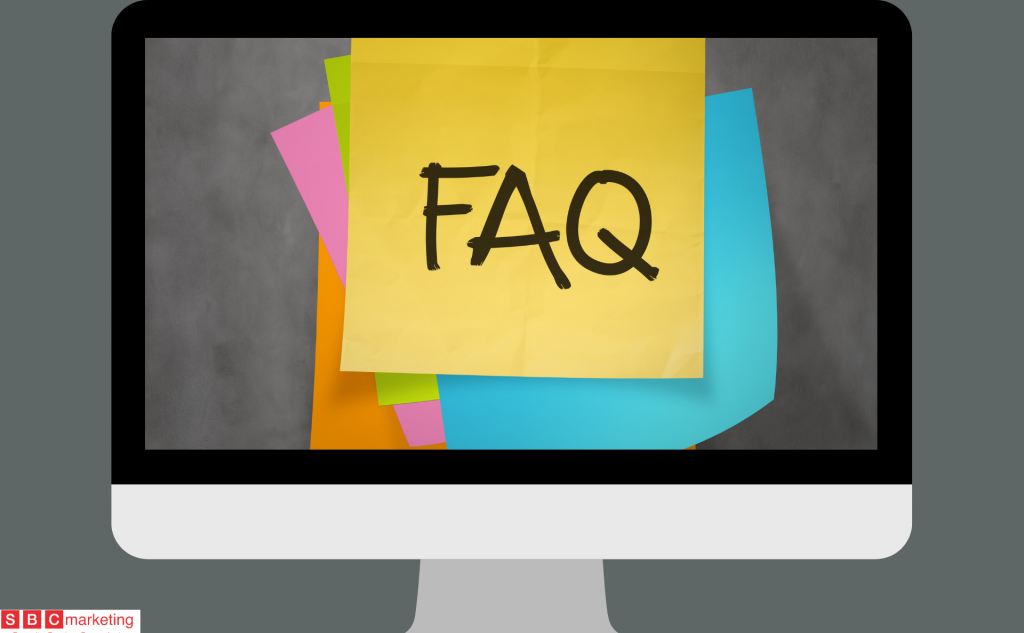
What-makes-an-effective-landing-page-SBC-Marketing-London
Q: What makes an effective landing page? An effective landing page comprises several key elements, including a compelling headline, clear and concise unique selling proposition (USP), engaging content, eye-catching visuals, user-friendly navigation, a persuasive call-to-action (CTA), trust signals, mobile optimisation, A/B testing, landing page SEO best practices, and continuous performance analysis.
Q: How can I create attention-grabbing headlines for my landing page? To create attention-grabbing headlines, consider using action verbs, incorporating numbers or statistics, addressing pain points or challenges, using power words, and making your headline clear, concise, and benefit-oriented.
Q: Why is mobile optimization important for landing pages? Mobile optimization is crucial because an increasing number of users access the internet through mobile devices. By optimizing your landing page for mobile, you ensure a seamless user experience, faster loading times, and improved readability, which can lead to higher conversions.
Q: How can I build trust and credibility on my landing page? Building trust and credibility can be achieved by incorporating customer testimonials and reviews, displaying security badges or certifications, including logos of well-known brands or media outlets, and highlighting awards or industry recognition your business has received.
Q: What is A/B testing, and why is it important for landing pages? A/B testing involves comparing different variations of your landing page to identify which version performs better in terms of conversions. It helps you make data-driven decisions and continuously improve your landing page’s effectiveness.
Q: How can I optimise my landing page for search engines? To optimize your landing page for search engines, incorporate relevant keywords naturally in your page title, headings, and content. Provide unique and valuable content, use descriptive alt tags for images, and optimize your meta description with a compelling summary that includes your target keyword.
Conclusion
Creating an effective landing page requires careful attention to detail and a focus on user experience. By incorporating compelling headlines, engaging content, persuasive CTAs, and trust-building elements, you can maximize conversions and drive desired actions from your visitors. Remember to continuously analyse your landing page’s performance and make data-driven improvements to achieve optimal results.
